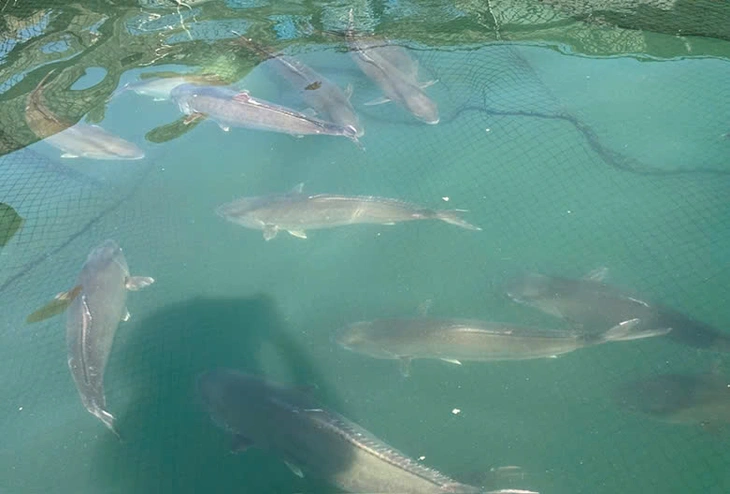
Orange fish parents - Photo: DINH LUA
As reported by Tuoi Tre Online , the Aquaculture Research Institute I ( Ministry of Agriculture and Environment ) has just researched and successfully produced orange fish in Vietnam and is the first country in the world to successfully produce orange fish.
Difficult to produce orange fish breed
Talking about the research process of producing orange fish breeds at the conference to deploy the plan to implement Resolution No. 57 of the Politburo on developing science, technology, innovation and national digital transformation organized by the Ministry of Agriculture and Environment recently, Associate Professor, Dr. Dinh Thi Lua - Director of the Aquaculture Research Institute I - said that recently, the unit has built a broodstock of orange fish from nature with an average weight of 10kg/fish, average age of 5-6 years old.
From the results of collecting and building the broodstock of orange fish, the institute conducted experiments and artificially bred orange fish for the first time in April 2025 and the results were successful.
"This is a new subject and is considered difficult in the aquaculture sector, so we hatch and raise fish in two different environmental conditions, which are in tanks and in ponds," Ms. Lua shared.
Ms. Lua said that in the first artificial reproduction of orange fish, about 3 million eggs were obtained, with a high fertilization rate of over 90%. Initial results showed that eggs hatched 6-8 hours earlier when incubated in ponds than when incubated in tanks.
However, the hatching rate of both models is still limited (reaching more than 30%) and the cause of the low hatching rate needs further research.
The results of raising orange fish from fry to fingerlings (fish fry) in the two models above showed quite clear differences even though the care and food supply conditions were the same.
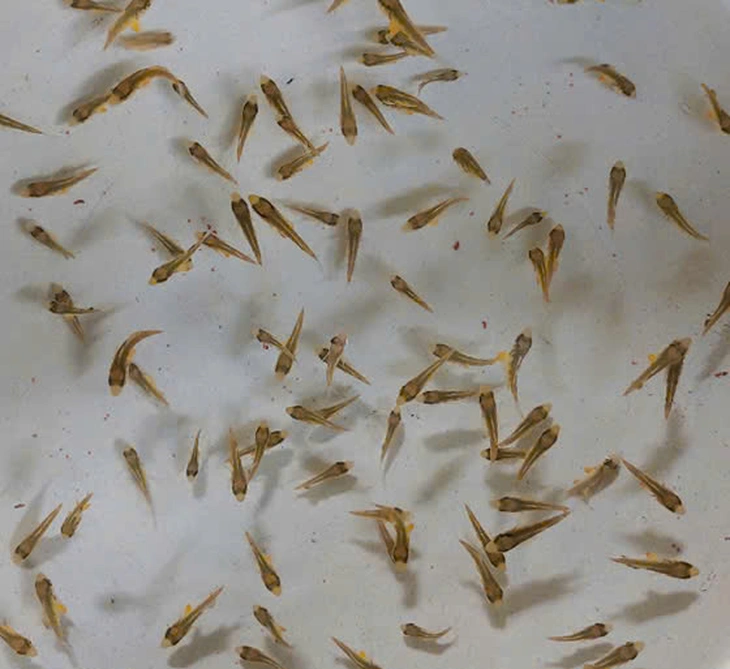
20-day-old orange fish - Photo: DINH LUA
Japan and China have not yet succeeded.
"Currently, the orange fish are 23 days old and the results show that the growth and survival rate of the fish raised in ponds is better. Raising them in tanks is not successful in converting food, but raising them in ponds is successful in using industrial food.
The fact that the orange fish began to receive and use industrial feed instead of natural feed from the 18th day of rearing opens up a great opportunity for success in orange fish seed production, because the feed transition stage is considered a key technical step.
Currently, the orange fish are 23 days old, and so it can be said that for the first time in the world , Vietnam has successfully produced orange fish breeds. Currently, the orange fish are being raised to fingerlings to test the commercial farming model" - Ms. Lua said.
Ms. Lua emphasized that this is the result of breeding, some countries have researched that they can successfully reproduce (fish lay eggs) but the eggs are not fertilized or the embryos do not develop into offspring.
Ms. Lua also said that currently, due to the increasingly depleted natural fish seed source, to reduce dependence on natural seeds, Japan and China have been trying to promote artificial production of orange seed but have not been successful.
The main reason for the unsuccessful production of orange bream in some countries is due to cold climate conditions affecting the fertilization rate, embryo and larval development, and the inappropriate food source for the larval stage of the fish, leading to a very low survival rate of the juvenile stage.
Orange fish has a fast growth rate, suitable for offshore farming.
According to Ms. Lua, orange fish is identified as a high-class marine species, with a fast growth rate, and can reach 3kg within 18 months of farming.
Orange carp is widely distributed in nature in many warm water seas around the world, suitable for offshore cage farming, which reduces pressure on coastal marine farming.
Japan, Korea, the US and Europe are the markets that favor and import a lot of orange fish, often used to make sashimi and sushi in luxury restaurants.
Source: https://tuoitre.vn/bi-quyet-giup-viet-nam-san-xuat-thanh-cong-giong-ca-cam-lan-dau-tien-tren-the-gioi-2025051117182608.htm


![[Photo] National Assembly Chairman Tran Thanh Man meets with Hungarian President Sulyok Tamas](https://vphoto.vietnam.vn/thumb/1200x675/vietnam/resource/IMAGE/2025/5/28/1f182464bad54d399e1236943e0c13ba)

![[Photo] President Luong Cuong holds talks with Hungarian President Sulyok Tamás](https://vphoto.vietnam.vn/thumb/1200x675/vietnam/resource/IMAGE/2025/5/28/0f603676be6444aa9f52d4bd32582b4d)
![[Photo] Welcoming ceremony for Hungarian President Sulyok Tamas and his wife on an official visit to Vietnam](https://vphoto.vietnam.vn/thumb/1200x675/vietnam/resource/IMAGE/2025/5/28/7956bacf4a3e4bde8326cb8f72a3b26c)
![[Photo] Close-up of the project connecting 3 key highways in the South](https://vphoto.vietnam.vn/thumb/1200x675/vietnam/resource/IMAGE/2025/5/28/c4b0bc977e964bb79d08b4e836974495)
![[Photo] General Secretary To Lam receives Hungarian President Sulyok Tamas](https://vphoto.vietnam.vn/thumb/1200x675/vietnam/resource/IMAGE/2025/5/28/58cdfabf66514ef4bce5a13a285e6f6f)

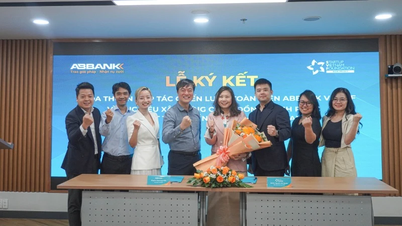

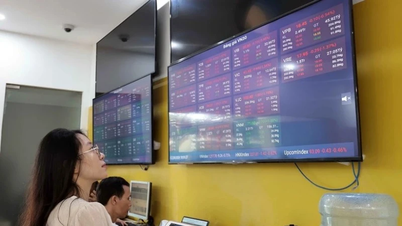










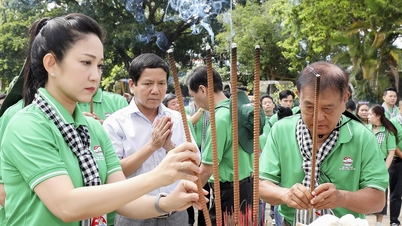


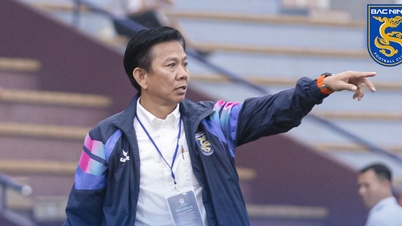
![[Photo] Hungarian President and his wife take a walk and enjoy the view of Hoan Kiem Lake](https://vphoto.vietnam.vn/thumb/1200x675/vietnam/resource/IMAGE/2025/5/28/b9c83fbe6d5849a4805f986af8d33f39)














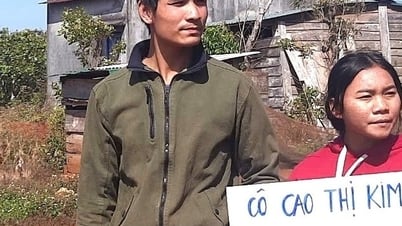


















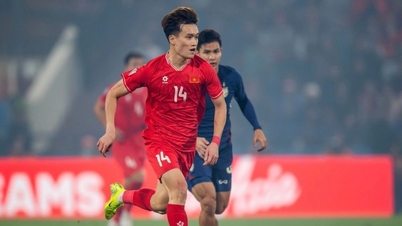



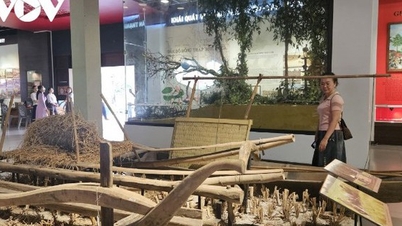

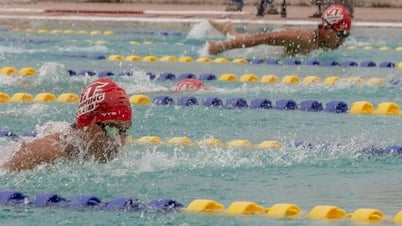


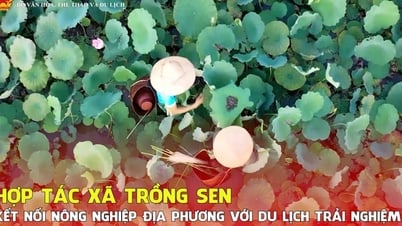



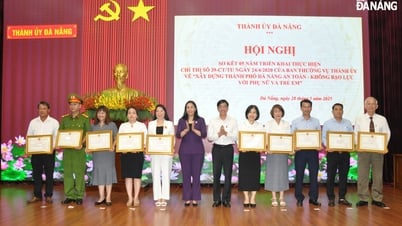


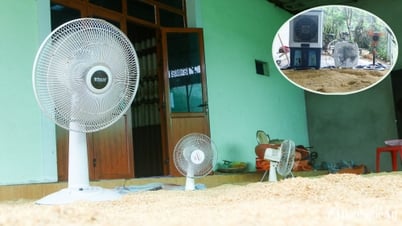

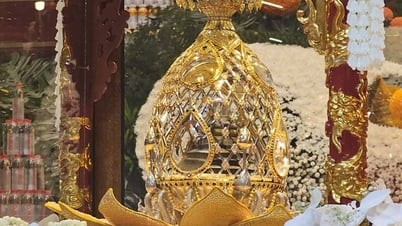
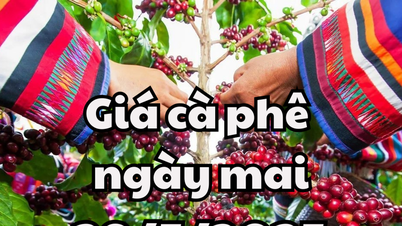

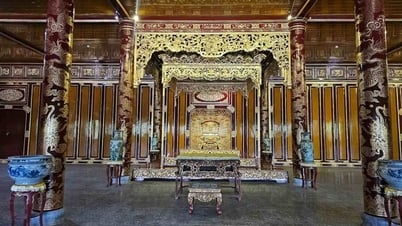








Comment (0)